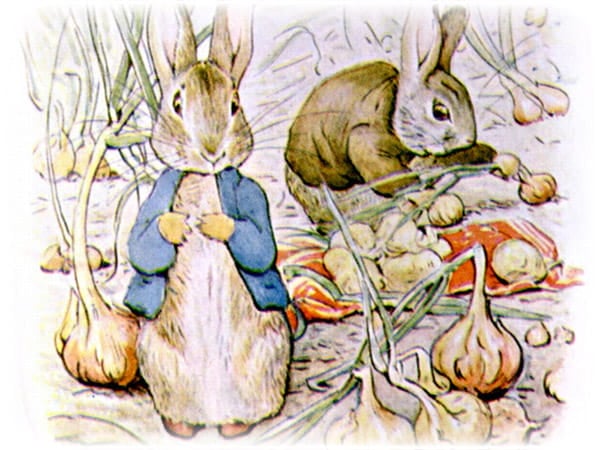And not just any busy people. Part of what makes the Loyola Series news is that it is designed for Roman Catholics. The liturgical book market is flooded with Scripture aids for Protestants, but Catholics, for whom out-of-church Bible reading is still an alien tradition, have many fewer options. This series not only gives Catholics a reason to pick up the Bible and read: it carries an imprimatur (an ecclesiastical stamp of approval) from the Archdiocese of Chicago, so parish priests and councils can rest easy about using it in Lenten spirituality sessions.
What's more, the four booklets are encouragingly slender (fewer than 100 pages apiece, so they'll slide into your Kate Spade tote) and attractively typeset. The cover art is colorful and contemporary, but not so abstract that it looks designed for a community of Great Willow Tree worshippers, instead of Christians-a failing of much "modern" liturgical art.
To launch the series, author Kevin Perrotta, a veteran Catholic journalist, and the editors focus on 12 Psalms-some of the Old Testament's most beautiful writing-and in the second volume, the entire (because short) books of Ruth and Jonah, two good biblical yarns. Two New Testament volumes cover Luke's Gospel (the only one of the four Gospels to recount the stories of the Prodigal Son, the beggar Lazarus and the rich man, and the Good Thief) and Revelation. The latter's phantasmagoric visions-The Four Horsemen, the Seven Seals, the woman in childbirth with her crown of stars-are cut into digestible bites.
But this is a minor cavil. The book's heroes and heroines so capture one's heart that even the historical and geographical factoids-Jonah's doomed Ninevah, it turns out, was in present day Iraq; Moab, Ruth's homeland, encompassed part of present-day Jordan-come as welcome information. Supplementing the biblical text are the writings of St. Cyril of Jerusalem, the Venerable Bede, St. Thérèse of Lisieux, and Dorothy Day. Perotta links the Scripture to Catholic traditions, grounding the rosary in Luke's account of the Annunciation and Visitation. Even I, the most scornful book-group shunner, might be tempted to sign up for a discussion book that promises to "finally find out what 666 stands for."

